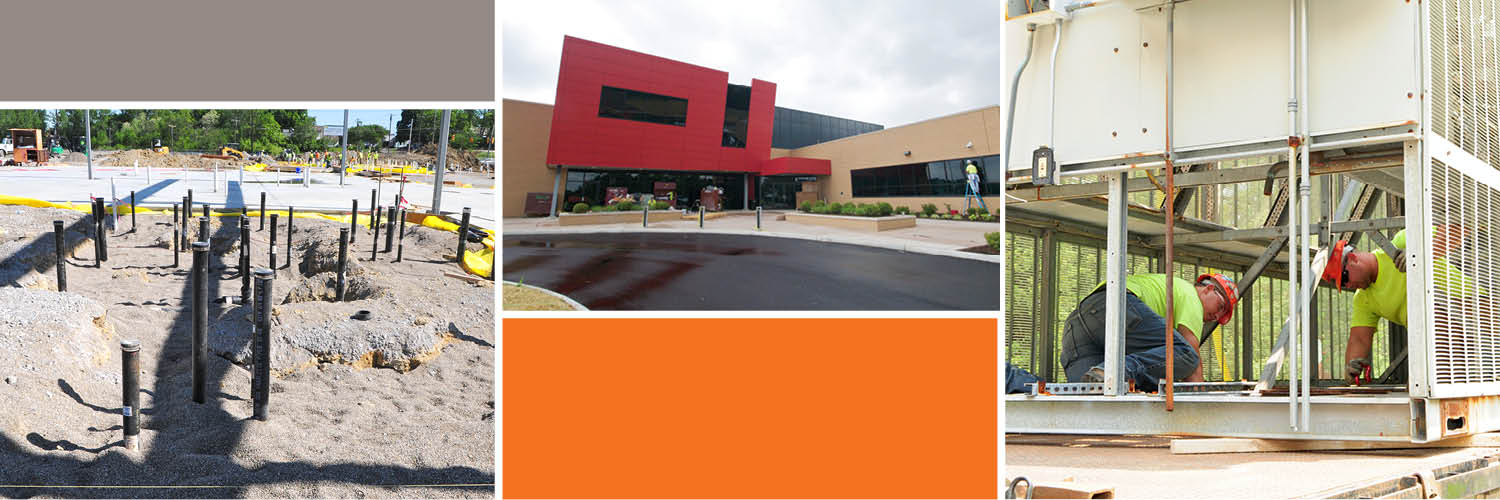Presented by TP Mechanical | Provided by HORAN
 When it comes to physical activity, any exercise is better than none, and a lot is better than a little. Physical activity is anything that gets your body moving, but messages promoting exercise often lack a strict definition of the amount of exercise needed to attain health benefits. In the 2008 Physical Activity Guidelines for Americans, the Department of Health and Human Services (HHS) concluded that adults need two types of physical activity each week to improve overall health: aerobics and strength training. HHS recommends:
When it comes to physical activity, any exercise is better than none, and a lot is better than a little. Physical activity is anything that gets your body moving, but messages promoting exercise often lack a strict definition of the amount of exercise needed to attain health benefits. In the 2008 Physical Activity Guidelines for Americans, the Department of Health and Human Services (HHS) concluded that adults need two types of physical activity each week to improve overall health: aerobics and strength training. HHS recommends:
- Two and a half hours of moderate-intensity aerobic activity each week and two or more days a week of muscle-strengthening activities that work all major muscle groups;
- One hour and 15 minutes of vigorous-intensity aerobic activity each week and two or more days a week of muscle-strengthening activities that work all major muscle groups; or
- Two or more days a week of an equivalent mix of moderate- and vigorous-intensity aerobic activity and muscle-strengthening activities that work all major muscle groups.
 Moderate-intensity aerobic activities include brisk walking, water aerobics, bicycling slower than 10 mph, ballroom dancing or gardening. Vigorous-intensity aerobic exercise includes jogging, running, swimming and bicycling faster than 10 mph. Major muscle groups include legs, hips, back, abdomen, chest, shoulders and arms.
Moderate-intensity aerobic activities include brisk walking, water aerobics, bicycling slower than 10 mph, ballroom dancing or gardening. Vigorous-intensity aerobic exercise includes jogging, running, swimming and bicycling faster than 10 mph. Major muscle groups include legs, hips, back, abdomen, chest, shoulders and arms.
Exercises can be completed in as little as 10-minute intervals, while still providing health benefits.
However, keep in mind that these numbers are just the minimum recommendations. Older adults are advised to perform additional physical activity. Moreover, all adults will gain greater health benefits for performing any physical activity above the minimum recommendations.

